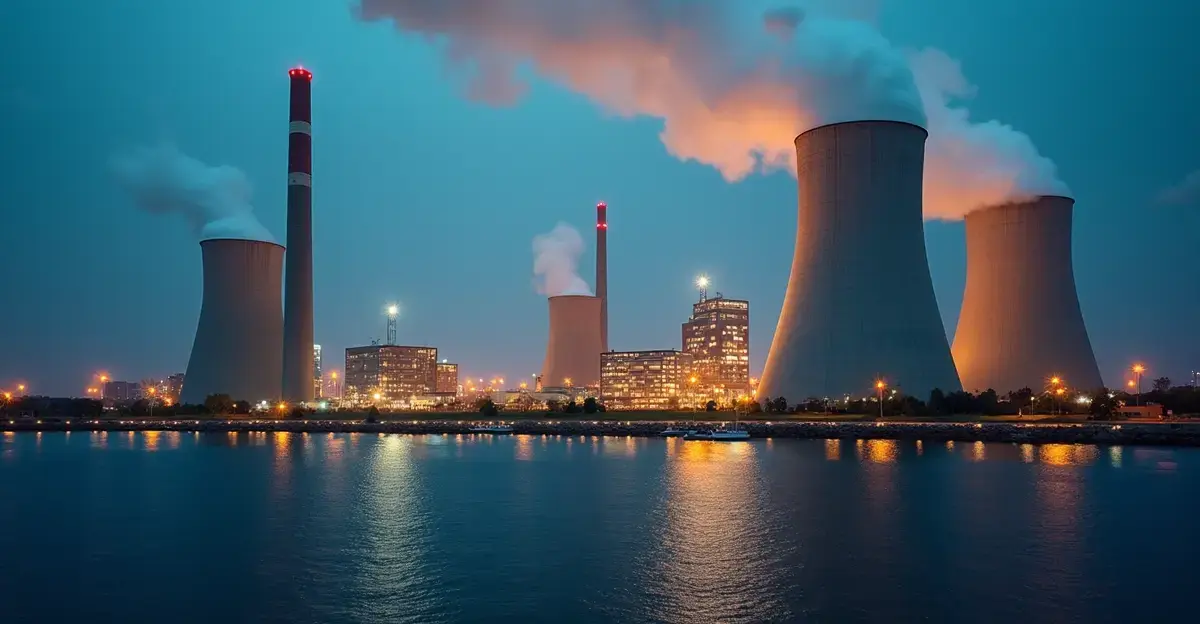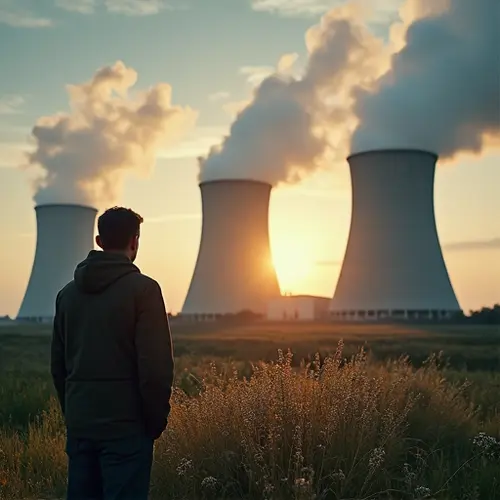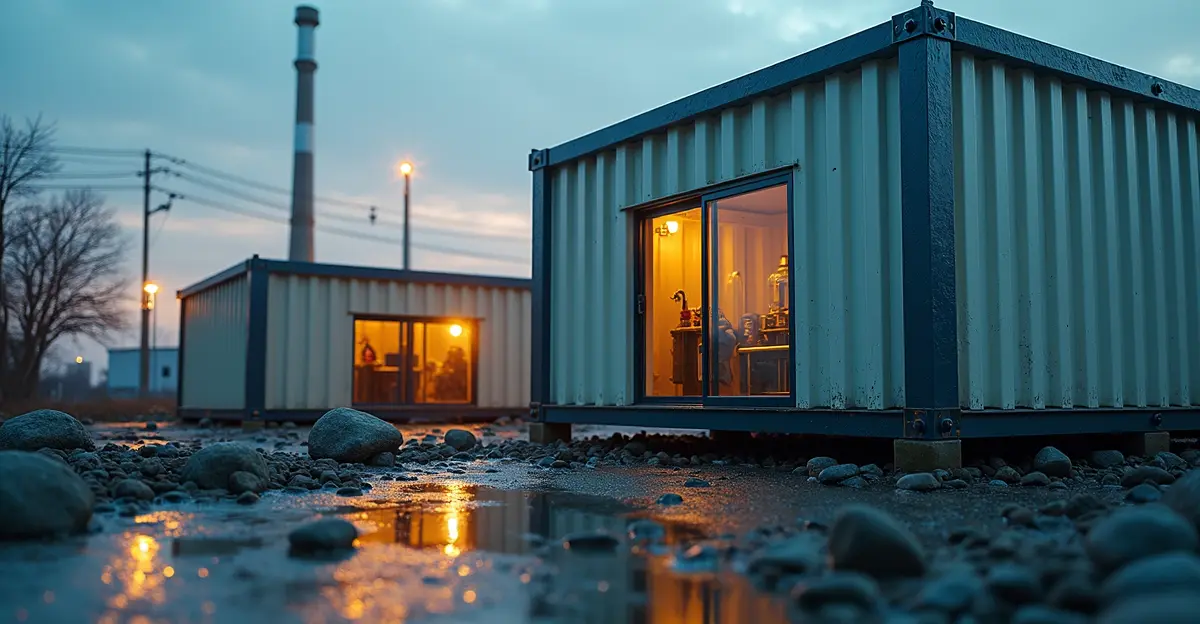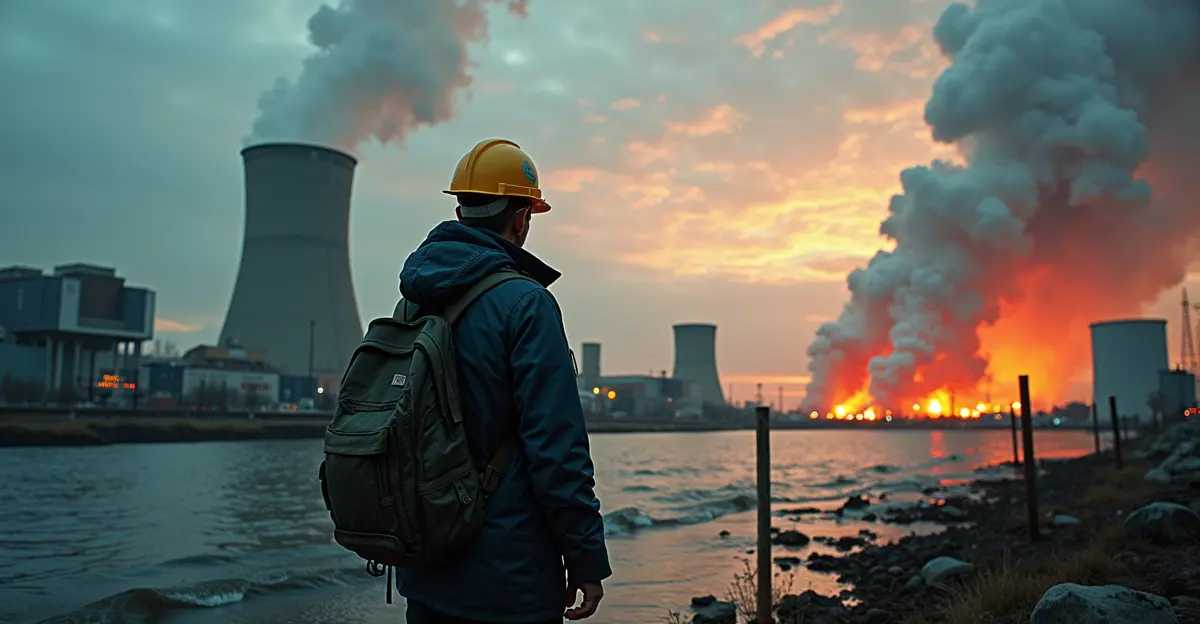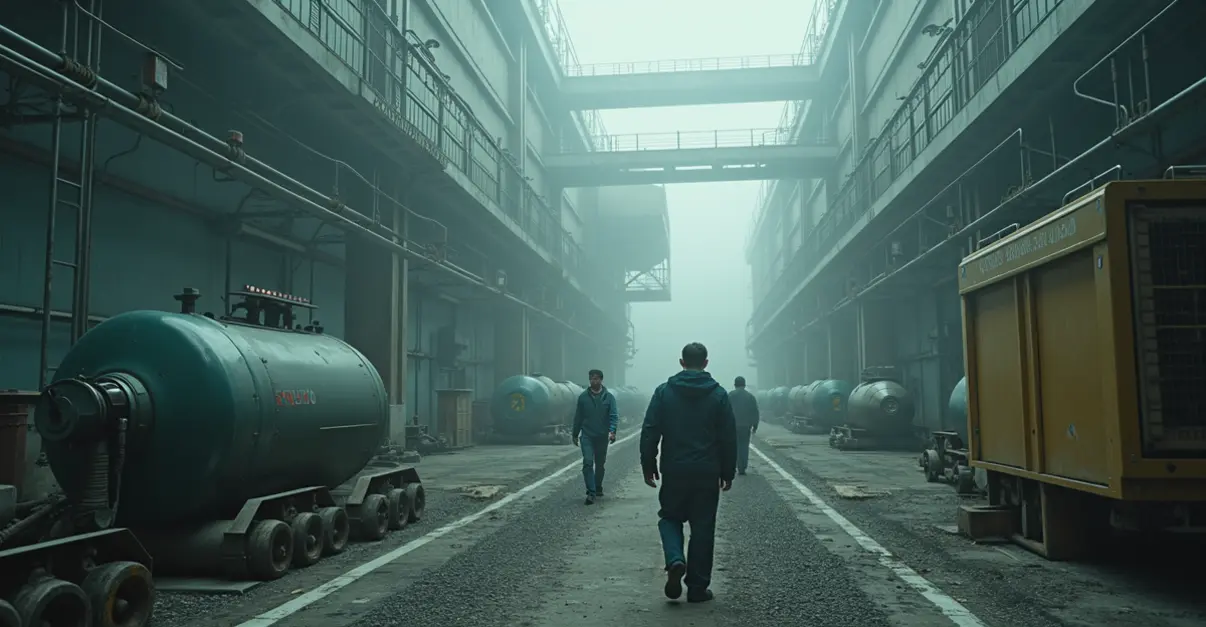Nuclear energy is gaining traction as a clean energy solution, with new projects and technologies like SMRs driving its resurgence. While challenges remain, its potential to support the green transition is undeniable.
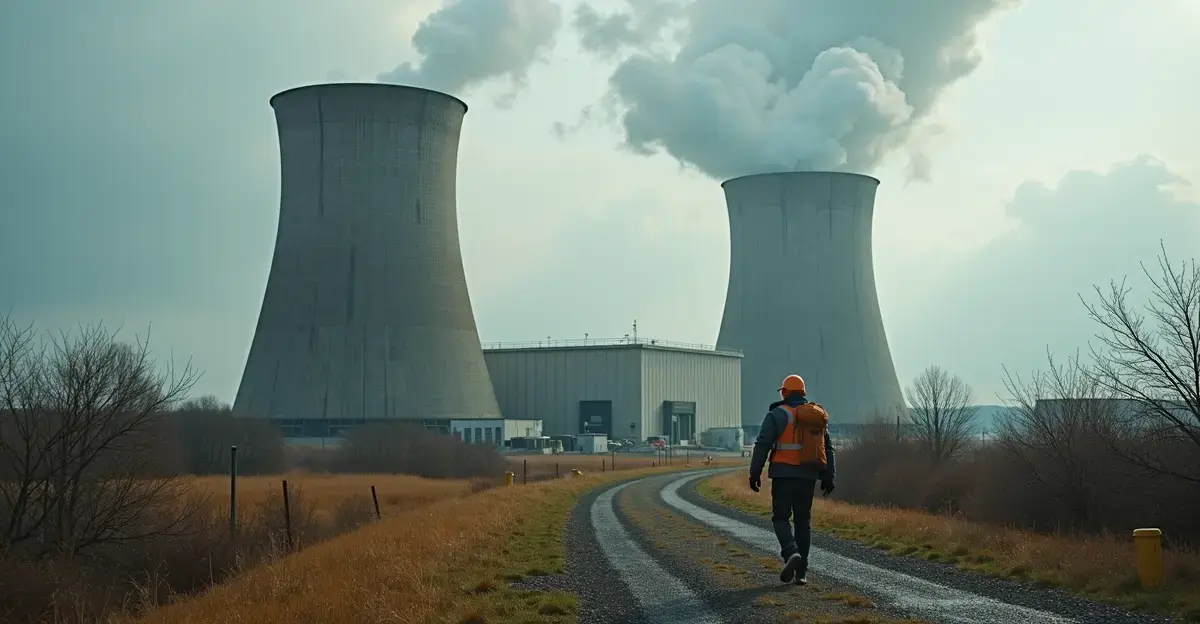
In recent years, nuclear energy has quietly re-emerged as a critical component of the global green transition. Governments and private sectors worldwide are increasingly investing in nuclear projects, driven by the urgent need for clean, reliable energy sources. This resurgence is marked by technological advancements, such as small modular reactors (SMRs), which promise greater efficiency and scalability.
Countries like the United States, France, and China are leading the charge, with new policies and funding initiatives aimed at revitalizing their nuclear sectors. For instance, the U.S. Department of Energy has allocated billions of dollars to support SMR development, while France has announced plans to build new reactors to replace aging infrastructure.
However, the nuclear renaissance is not without controversy. Critics argue that the high costs, long construction timelines, and unresolved waste disposal issues undermine its viability. Proponents, on the other hand, highlight nuclear energy's ability to provide baseload power without greenhouse gas emissions, making it indispensable for achieving net-zero targets.
As the debate continues, one thing is clear: nuclear energy is back on the table, and its role in the green transition is far from settled.

 Nederlands
Nederlands
 English
English
 Français
Français
 Deutsch
Deutsch
 Español
Español
 Português
Português




